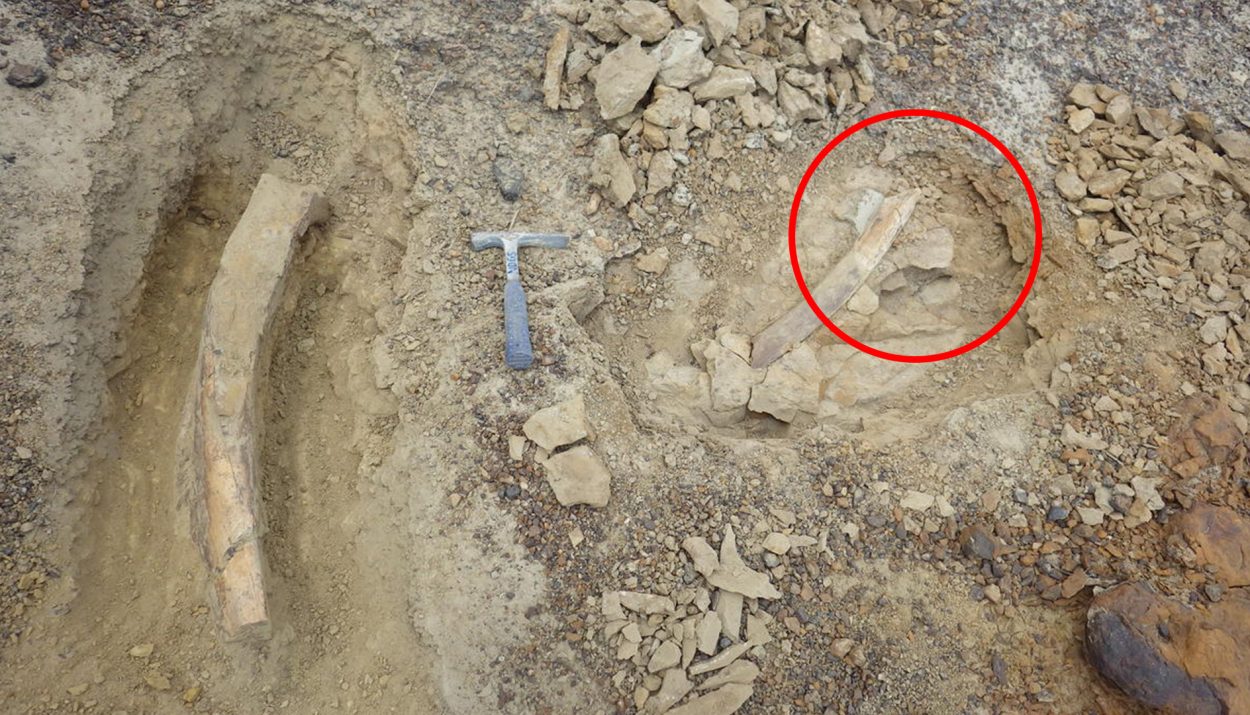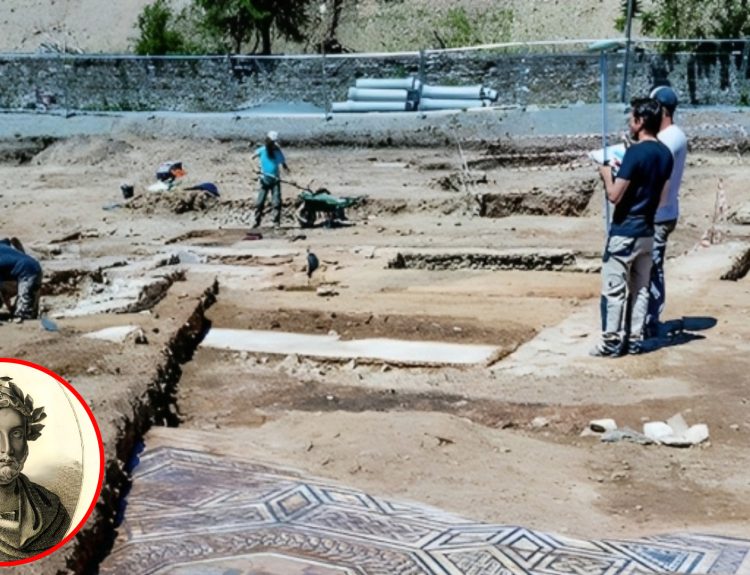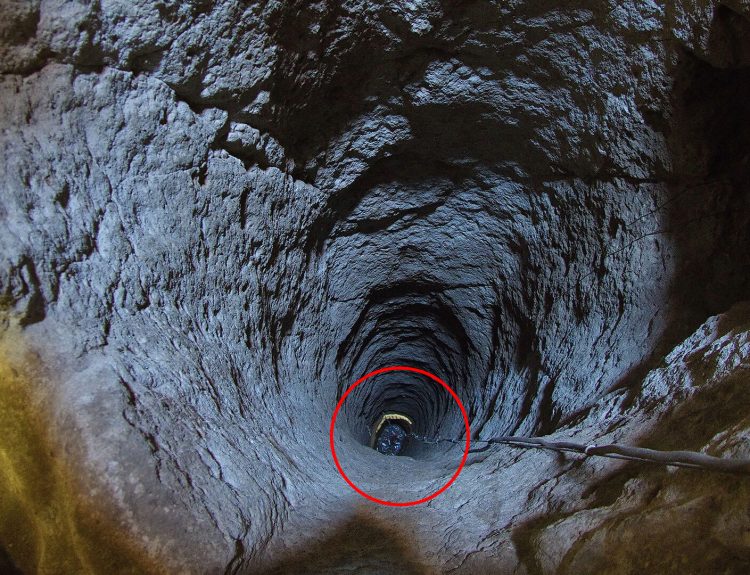We live a life filled with unexpected twists and turns. One moment you’re trying to navigate the intricacies of life and another you’re unknowingly stumbling upon a gold mine. What’s interesting is that this newfound goldmine might not immediately show its worth leaving you confused for many years. This is the story of a Polish woman.
A woman who found a unique stone in the field, confused about its true nature, refused to say a word about it to anyone and kept it hidden for 50 years or more. Now this gem has found its way to the archeologists and they have revealed it to be a rare artifact. Let’s take a closer look at this story.
Mariusz Buczko Decided To Visit His Loving Grandmother
Mariusz decided to visit his grandmother after a long time of not seeing each other. What he didn’t know was that something unusual was waiting for him and his grandmother was about to give him a gift that’d change his life for good.

When Mariusz arrived at his grandmother’s house, she presented to him a unique stone that she had kept for almost five decades. While hanging it over to Mariusz She explained that she found the rare stone on a field in Bilgoraj some 50 years ago and just decided to keep it to ease her curiosity.
This Grandson Decided To Donate This Stone To The Museum
This gift took Mariusz by surprise because what he had in his possession was something truly unique, a rare item, unlike anything he had encountered before. While contemplating the best course of action, he carefully thought of a way to deal with this item and finally decided to entrust it to the museum where it’d be properly appreciated.
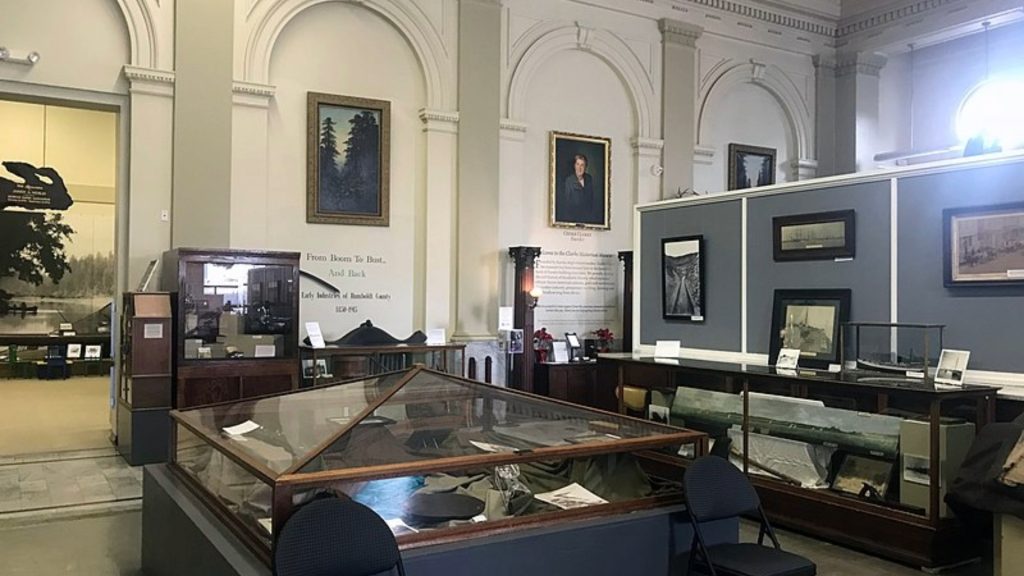
He believed that the museum was the perfect place for this kind of artifact. Mariusz decided to donate the rare stone to the museum. Well, he believed they would have adequate supplies and professionals who would be able to figure out what this unique stone was. And he was right.
The Officials Soon Began To Work On This Rare Artifact
Immediately this unique stone got to the Museum, various archaeology experts began to brainstorm and work on it. They needed to find out what it was and where exactly it came from. Soon they had their answers. Jerzy Libera a distinguished archeology expert who is also affiliated with the esteemed Maria Curie-Sklodowska University in Dublin had the answers.
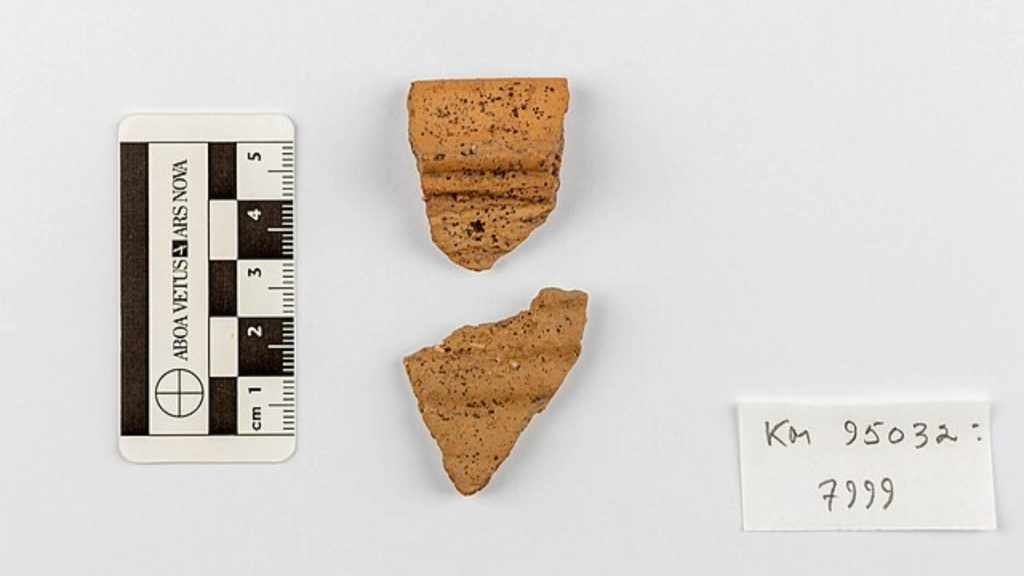
After using his extensive knowledge of artifacts to meticulously identify the stone, he revealed it to be an extraordinary piece, an ancient flint axe dating back approximately 4,400 years. This discovery goes on to add a significant historical dimension to our understanding of the region’s past.
The Unique Gray-Brown Axe
The pictures of the stone vividly capture the gray-brown axe showcasing its distinctive features. With a trapezoidal shape, the axe looks like a slightly jaded blade giving us a little hint about the craftsmanship of the region’s ancient creators.
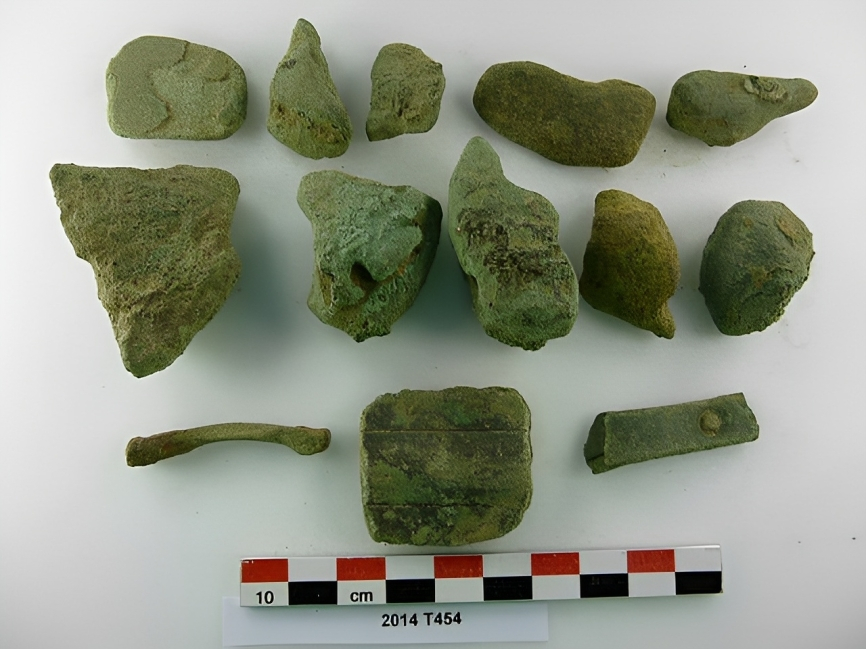
The surface of the axe appears all smooth and weathered, with every corner of the axe telling a deep story of their history. This rare artifact is approximately 4.3 inches in length. This beautiful ancient artifact remains a marvel to the people of Bilgoraj and its other features will amaze you.
The Facet Of The Axe Has Different Colors
Just when we thought the axe couldn’t look any more beautiful they further discovered that it had a distinctive light brown patch something that resembles a focal point of a circle. This very detail only adds a layer to the intrigue of this artifact giving a peak of how beautiful it was when it was in use.
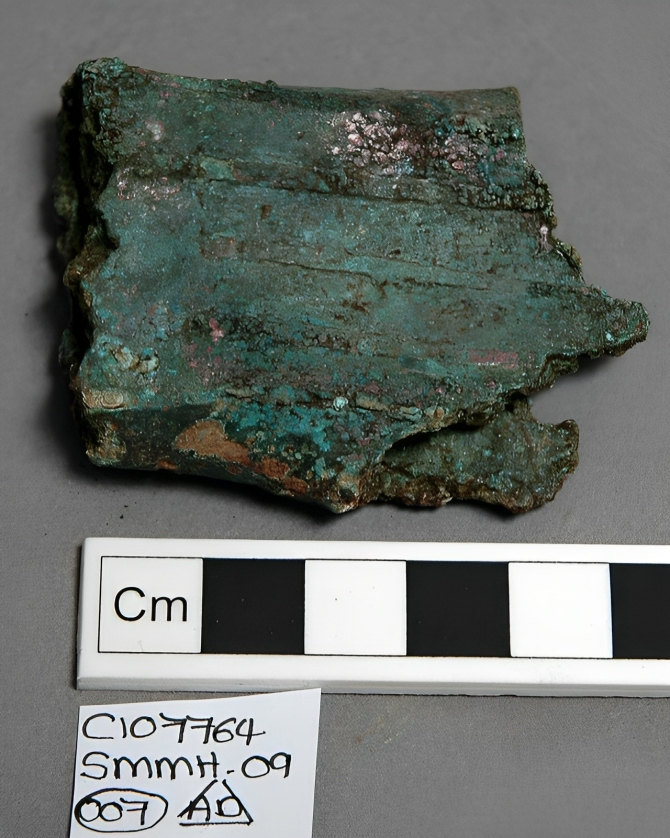
On the other side of the axe, you find that the axe has a darker brown side and it is adorned with two small indents positioned just near the thicker end of the axe. These indents are believed to contribute to the axe’s character giving us clues about the beautiful crafting method used during those days.
This Tool Was Made By The Globular Amphora Culture Long Long Ago
Finally, after a long and thorough research, these archaeology experts have attributed the creation of this rare tool to the people of Globular Amphora Culture. Based on its precision, it was made between the years 2600 and 2400 B.C. These groups of people hail from the late Neolithic period with their historical footprints traced back to Poland and Ukraine.
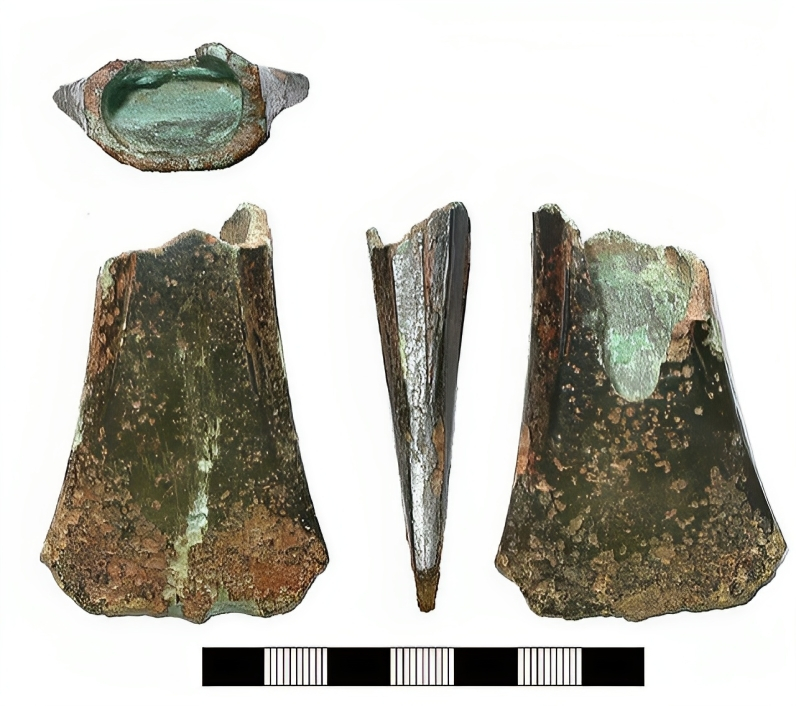
The discovery of this rare axe in Bilgoraj shed more light on the geographical reach of the globular amphora culture. This rare artifact suggests that these people who were thought to be largely unknown have occupied a broader expanse than they have been previously presumed.
The Rich Bilgoraj Finds Another Hidden Treasure
Bilgoraj is a beautiful town filled with hidden treasures, it is a town just about 150 miles southeast of the bustling capital Warsaw. Bilgoraj also finds itself in the dynamic border shared between Poland and Ukraine. And after this very first discovery, another unique artifact has been found.

Officials announced that another resident of Bilgoraj has found a stone hatchet fragment in their field. The pictures of this stone hatchet fragment show that it has a cone-like shape, speckled brown coloring, and is about 3 inches in length.
Awaiting Museum’s Historical Embrace
The archeologists have been unable to confidently identify the facts surrounding the newly found artifact or give the public a certain discovery date of the hatchet due to its fragmented state which prevents them from unveiling its full historical narrative.
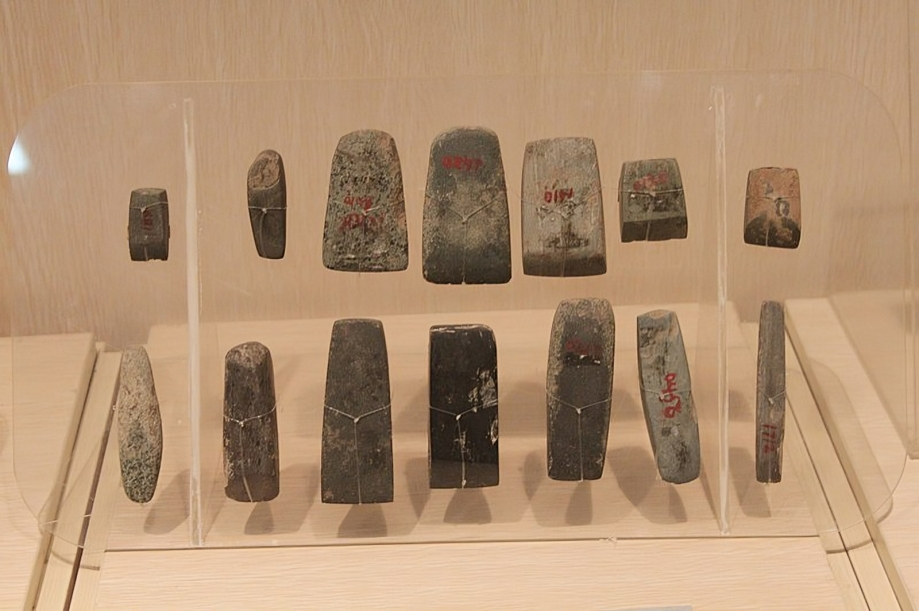
However, once they can complete the analysis of both the axe and the hatchet, they will be placed in their rightful place within the annals of history at the museum in Bilgoraj. This is to ensure that their significance is not only properly preserved but also shared with the larger community and generations to come.

